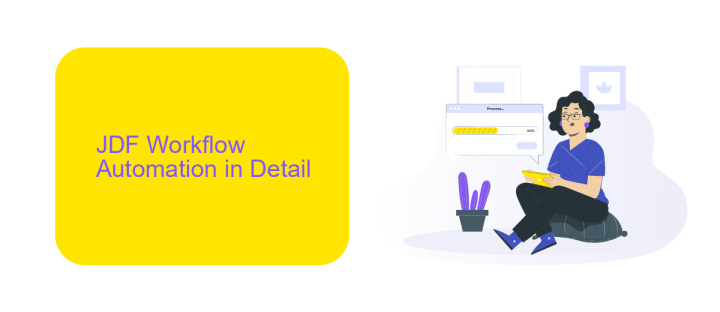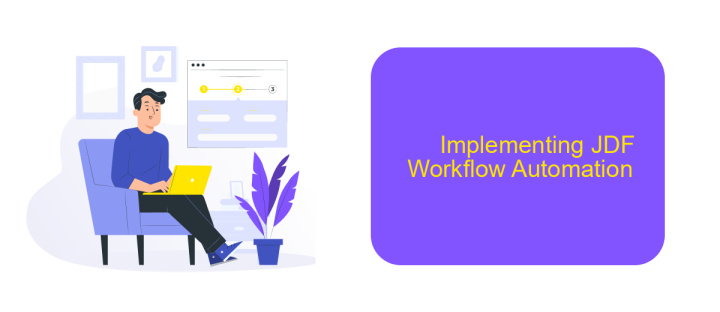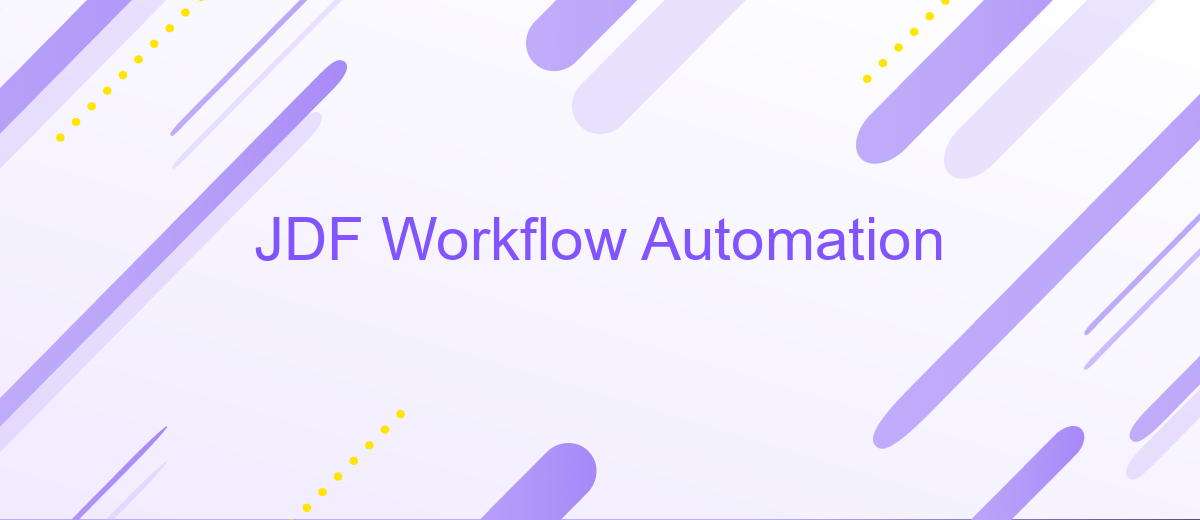JDF Workflow Automation
JDF Workflow Automation revolutionizes the printing industry by streamlining production processes and enhancing efficiency. By integrating Job Definition Format (JDF) standards, businesses can automate tasks, reduce manual interventions, and minimize errors. This technology not only optimizes resource utilization but also ensures consistent quality and faster turnaround times, making it indispensable for modern print service providers aiming for competitive advantage.
Introduction
JDF Workflow Automation plays a pivotal role in streamlining the printing and graphic arts industry. By integrating various processes into a seamless workflow, it enhances efficiency, reduces errors, and minimizes manual intervention. This automation is crucial for businesses aiming to stay competitive and meet the growing demands for faster turnaround times and high-quality outputs.
- Streamlined communication between different stages of production
- Reduction in manual errors and reworks
- Enhanced productivity and efficiency
- Real-time tracking and updates
One of the tools that facilitate these integrations is ApiX-Drive. This service allows businesses to connect various software applications without the need for extensive coding knowledge. By using ApiX-Drive, companies can automate routine tasks, synchronize data across platforms, and ensure that their JDF workflows operate smoothly and efficiently. This integration capability is essential for maintaining a competitive edge in the fast-paced printing industry.
JDF Workflow Automation in Detail

JDF Workflow Automation enables seamless integration and automation of print production processes by standardizing job ticketing and data exchange. It facilitates communication between different systems, such as MIS, prepress, press, and post-press, ensuring that each stage of production receives accurate and consistent information. This standardization helps in reducing manual intervention, minimizing errors, and improving overall efficiency in the print workflow.
To achieve optimal integration, services like ApiX-Drive can be utilized. ApiX-Drive offers robust tools for setting up and managing integrations between various software and systems involved in the JDF workflow. By leveraging ApiX-Drive, businesses can automate data transfer and synchronization across different platforms, ensuring that all components of the print production process are aligned and up-to-date. This not only streamlines operations but also enhances productivity and reduces the risk of miscommunication and delays.
Benefits and Challenges of JDF Workflow Automation

JDF Workflow Automation offers significant benefits for the printing industry, streamlining processes and enhancing efficiency. By automating job definitions, companies can reduce manual errors and save time, leading to increased productivity and cost savings.
- Improved accuracy: Automation minimizes human errors, ensuring precise job setups and consistent quality.
- Time efficiency: Automated workflows speed up processes, allowing quicker turnaround times for print jobs.
- Cost reduction: Reduced manual labor and errors lead to lower operational costs.
- Enhanced integration: Tools like ApiX-Drive facilitate seamless integration with various software, optimizing the workflow.
- Scalability: Automated systems can easily scale to handle increased workloads without compromising performance.
However, implementing JDF Workflow Automation presents challenges, such as the initial cost of setup and the need for staff training. Companies must also ensure compatibility with existing systems and maintain ongoing updates. Despite these hurdles, the long-term advantages of automation make it a worthwhile investment for the printing industry.
Implementing JDF Workflow Automation

Implementing JDF Workflow Automation can significantly streamline print production processes, enhancing efficiency and reducing errors. The first step in implementing JDF automation is to assess your current workflow and identify areas that can benefit from automation. This involves mapping out each stage of the production process and pinpointing tasks that are repetitive or prone to human error.
Once you've identified these areas, the next step is to select the appropriate software and tools that support JDF standards. It's crucial to ensure that your chosen solutions are compatible with your existing systems and can seamlessly integrate with them. This is where integration services like ApiX-Drive come into play, facilitating smooth data exchange between different platforms.
- Evaluate current workflow and identify automation opportunities
- Select JDF-compatible software and tools
- Use integration services like ApiX-Drive for seamless data exchange
- Test and refine the automated workflow
Finally, it’s important to continuously monitor the performance of your automated workflow and make adjustments as necessary. Regular updates and maintenance will ensure that your JDF workflow remains efficient and effective, adapting to any changes in your production environment.
Case Studies and Best Practices
One notable case study involves a printing company that integrated JDF Workflow Automation to streamline its production process. By implementing this technology, the company was able to reduce manual intervention, minimize errors, and speed up job turnaround times. The automation of job tickets, prepress, and post-press operations not only improved efficiency but also enhanced overall quality control. This case demonstrates how JDF Workflow Automation can lead to significant operational improvements and cost savings.
Another best practice involves the use of integration services like ApiX-Drive to connect various software and hardware components within the JDF workflow. By leveraging ApiX-Drive, businesses can automate data transfer between different systems, ensuring seamless communication and reducing the risk of data loss or miscommunication. This integration capability allows for real-time updates and monitoring, further optimizing the workflow. Implementing such integration solutions can greatly enhance the effectiveness of JDF Workflow Automation, making it a valuable asset for any printing operation.


FAQ
What is JDF Workflow Automation?
How does JDF Workflow Automation benefit my printing business?
Can I integrate JDF Workflow Automation with my existing systems?
What kind of tasks can be automated using JDF Workflow Automation?
Is it difficult to implement JDF Workflow Automation in my business?
Apix-Drive is a simple and efficient system connector that will help you automate routine tasks and optimize business processes. You can save time and money, direct these resources to more important purposes. Test ApiX-Drive and make sure that this tool will relieve your employees and after 5 minutes of settings your business will start working faster.

